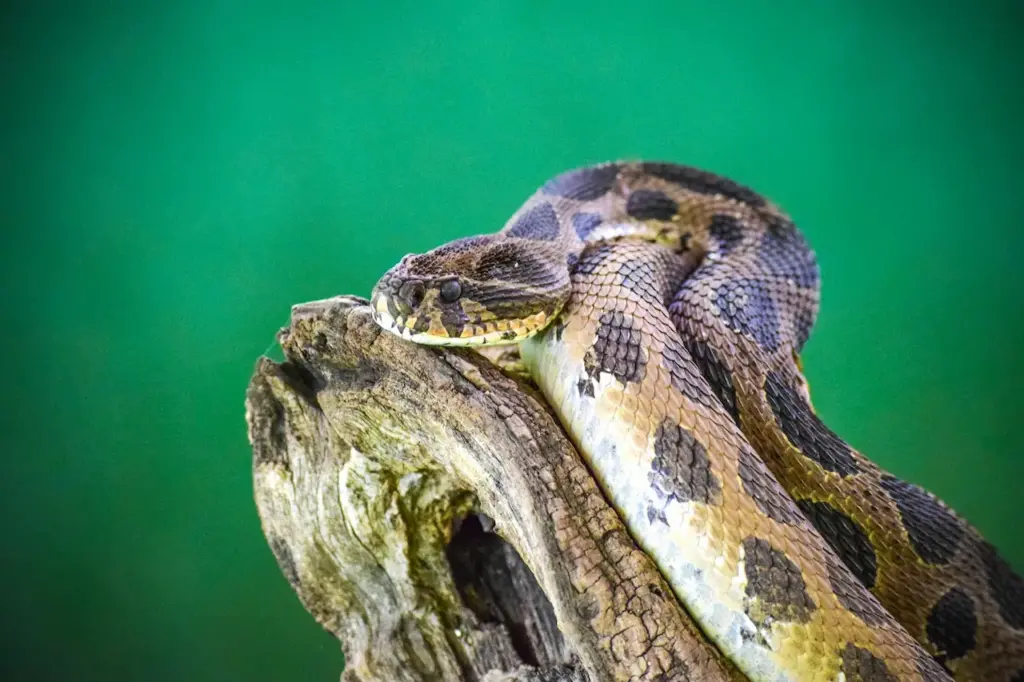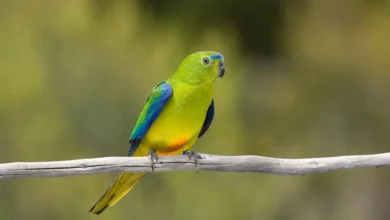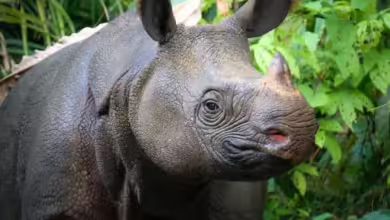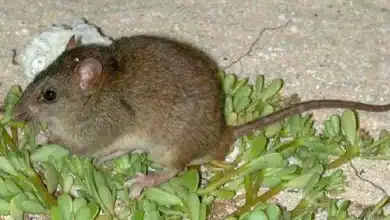In yesterday’s wildlife news, our topic was about how the up to 100,000 Burmese pythons slithering through Florida’s Everglades provided a dramatic example of the dangers of releasing non-native animals and plants into an ecosystem where they don’t belong, and where they stand a chance of reproducing and becoming a destructive invasive species. Invasive organisms can be especially problematic in ecosystems that provide habitat for vulnerable top 10 endangered species.

By coincidence, a story in today’s ScienceDaily demonstrates that invasive species don’t necessarily have to be as large as pythons to cause trouble. The online news digest cites an environmental study of two Hawaiian islands on which non-native yellowjacket wasps had been introduced. Researchers found that the yellowjackets were voraciously consuming native populations of insects, spiders and possibly even vertebrates.
The good news from the article was that after rangers destroyed colonies of the wasps, the numbers of the creatures they were preying upon quickly rebounded. Unfortunately, not all invasive-species problems can be dealt with that easily . . . .



